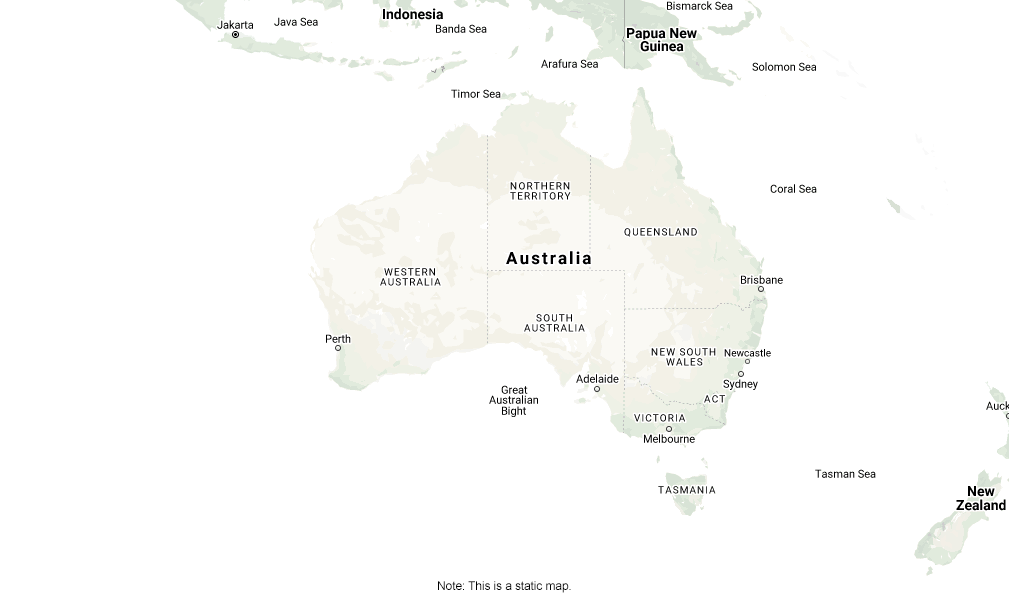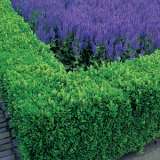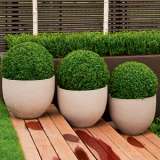Buxus Faulkner
50mm Pot
NEW!
Buxus Faulkner, or Dwarf Japanese Box (Buxus microphylla ‘Faulkner’) is a smaller growing hedge with deep green foliage all year round, even in the coldest conditions. This variety is possibly the best box hedge for warmer regions as it tolerates heat better than other Buxus plants, and it is great for colder climates too as it does not tend to take on copper tonings in the cold like other varieties can do. It is suitable for a full sun to part shade position and requires little water once established. Plant 30-40 cm apart for hedging. 50cm H x 70cm W in 3-5 years.
Buxus plants are a favourite for traditional gardens, as they are perfect for formal evergreen hedges. Featuring small glossy green leaves on a compact dense shrub, this makes them perfect for clipping or topiary. Most Buxus are relatively slow growing, and shade tolerant, making them ideal for formal hedging.
** Immature Buxus plants can change colour and take on Autumn tonings during a very cold Winter. This is quite normal and often relates to very cold nights with bright sunny days, with cold winds also known to cause this bronzing. Top dressing in Autumn with Dolomite lime and fetilising before the weather cools too much can help shield them from this.
Fertilise with an all purpose fertilizer in early Spring as the weather begins to warm and plants will soon revert to their normal dark green foliage colour.
Supplied as a potted plant.
Also available as a bulk buy starter pack. Click Here!
CAUTION Harmful if eaten
Important Reminder: While we take great care in the realistic representation of our products, many variables such as climatic conditions, natural variation or manufacturing changes may affect the precise appearance of each variety. Generally, images used are of mature specimens whilst supplied stock may be dormant or juvenile plants that will develop with time. The images are intended as a guide only.
- Frost tolerant once established
- Suitable for areas with full sun
- Suitable for areas with part shade
- Suitable for areas with full shade
- Ideal in pots or containers
- Grows 70cm wide
- Grows to 50cm high
- Ideal Growing Regions:
 Cool
Cool Temperate
Temperate Arid
Arid Mild Tropical
Mild Tropical- View growing regions on the Climate Map
Availability: OUT OF STOCK/OUT OF SEASON! Available to order most of the year, unless sold out.
$6.40
Multibuy Prices
Buy 6 or more of this item and get them for $5.90 per item
Buy 11 or more of this item and get them for $5.40 per item
*Price adjustments will be reflected in the cart.
Out of stock
Send me an email when this item is back in stock.
Common Name: HEDGING PLANTS & SHRUBS GENERAL CARE
Planting Width: Varies depending on the species. (refer to measurements in the catalogue.)
Depth: Plant in soil the same level as in the pot.
Positioning: Full Sun to Part Shade
General Information: We sell many varieties of hedging plants, for example, Buxus (English Box, Japanese Box etc), Euonymus, Ligustrum, Pittosporum, Photinia and Westringia. Most hedging plants are suitable for a range of climates
and are very adaptable to different conditions.
Soil: Well Drained.
Watering: Regular deep watering in dry spring and summer conditions in required. Hedging plants like to be well watered.
Fertilising: Ensure that the soil is well dug and prepared with organic matter such as well-rotted animal manure, blood and bone or leaf mould. Mulch well to conserve water and keep roots cool.
Pruning: Shaping and pruning may need to be done several times during the growing period to keep plants in shape and to train them (if using as topiary.) Any hard pruning should be done in late winter. Some species are good in tubs, formal and informal hedges, privacy screens, and topiary.
Tips: Prune regularly to avoid hedge looking bushy and straggly. When shaping your hedge, it is important that the finished item has a slight wedge shape, with the top foliage slightly narrower than the lower foliage. This will enable all branches access to light, and will result in an overall healthier hedge with foliage all the way down to the ground level. Some species are known to perform better in different climates and situations. Eg: Photinia dislikes humidity, Japanese Box tolerates more heat than the other Buxus spp. Rely on information in catalogue for suitability to your particular situation. For an informal planting or specimen shrubs, trim lightly once or twice during the growing season to encourage compact
growth.
Legend
Establish which coloured region you live in and then consider the varieties listed as typically suited to that area. The Australian Climate Guide map is intended as a guide only as climatic conditions vary between specific locations. Factors such as local altitude, wind and the proximity of hills, mountains and bodies of water can cause variations from the generalised climate map. Note also that although a plant may be listed as suitable for a particular region, it may still require protection from extremes such as frost or strong winds. You should also consider its requirements for sun, shade and water.
Remember that you can often extend the range of plants that you can grow by creating micro-climates within your garden. Planting under trees, beside brick walls or in the shelter of a building, on high or low points in the garden can all have an effect. Even planting by a pond or surrounded by rocks can be used to advantage. Part of the joy of gardening can be experimenting and nothing is more pleasing that achieving success with a plant that is not usually seen in your area.
The map is based on Australian Bureau of Meteorology 30 year climatology data from 1961-1990. The zones are based on both temperature and humidity:
 Tropical – hot humid summer .
Tropical – hot humid summer . Mild Tropical – warm humid summer
Mild Tropical – warm humid summer Semi-arid – hot dry summer, cold winter
Semi-arid – hot dry summer, cold winter Arid – hot dry summer, cold winter
Arid – hot dry summer, cold winter Temperate – warm summer, cool winter
Temperate – warm summer, cool winter Cool – mild-warm summer, cool winter
Cool – mild-warm summer, cool winter

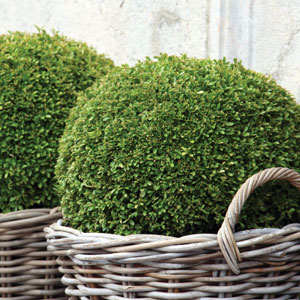
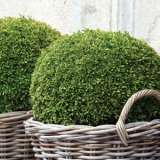
 Cool
Cool Temperate
Temperate Arid
Arid Mild Tropical
Mild Tropical